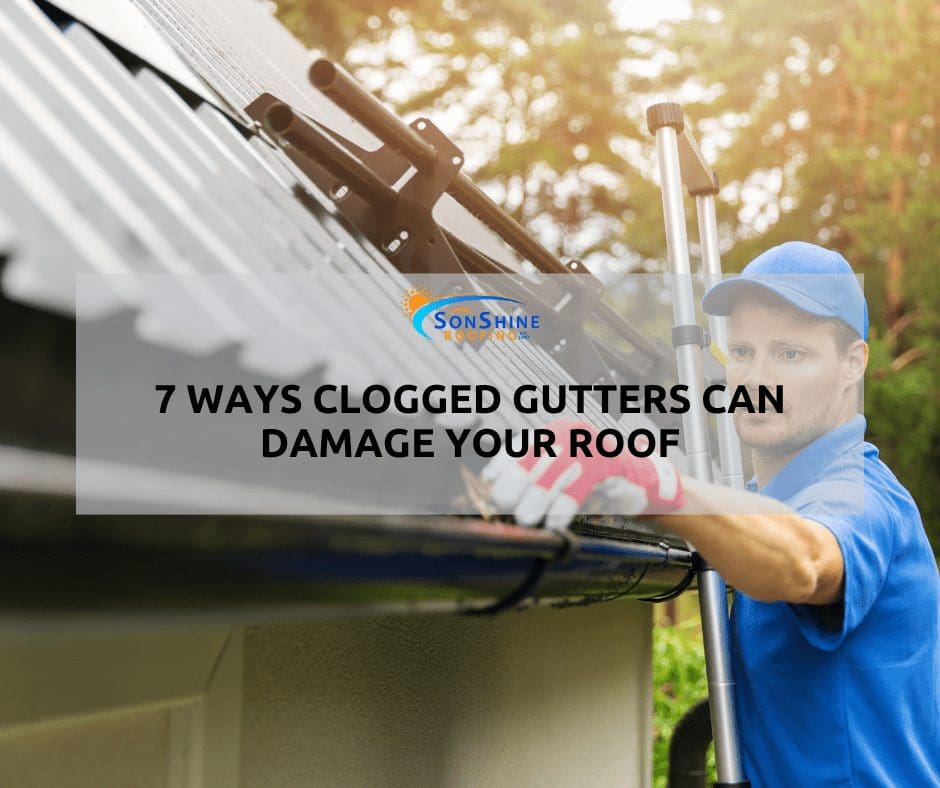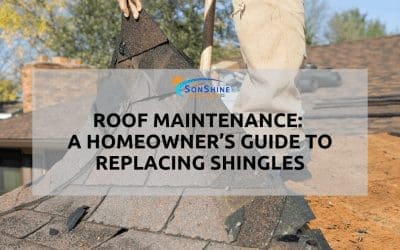While many homeowners often schedule repairs for their roofs, very few do the same for their roof gutter systems.
After all, they only provide a supporting role to the roof and are often hidden in the background. But what many homeowners don’t realize is that gutters are just as significant as any other part of the roofing system.
When roof gutters clog or break, they may cause serious damages, hence expensive repairs to the homeowner. Fortunately, you can keep most of these roof gutters problems at bay by remaining proactive.
Read on to know how faulty gutters damage your roof and home and ways you can avoid such issues.
1. Causes Roof Leaks
Leaks can occur due to several reasons. Your gutters or the sections holding them may be getting faulty. It could also be as a result of gutters popping out of place due to strong winds.
Whatever the cause, the prolonged moisture that the water exerts to your roof shingles, soffits, and fascia boards, leads to roof deck decay. To avoid this, make sure to call in a professional roofer once you notice water dripping from the ceiling.
2. Ice Damming (For Our Northern Friends)
In winter months, ice dams can drive snow to melt underneath your roof shingles, adding extra weight for the roof. This allows water to seep inside the home, making the insulation wet. Eventually, this destroys the whole gutter system and/or leads to mold growth. Additionally, your home won’t be insulated properly.
You can prevent this by ensuring that there’s a healthy interplay between your attic ventilation and insulation. More importantly, ensure to keep your gutters clean and install roof gutter guards to prevent excessive debris accumulation.
3. Wood Rot
Excessive moisture will wear away your roof sheathing and rafters. The chronic water intrusion gets the wood soggy, accelerating decay and weakening your roof’s foundation. If this continues undetected, this can eventually lead to the collapse of your home’s structure.
4. Mold Accumulation
Besides wood rot, clogged gutters will also cause mold to form on the exterior of your gutter. Accumulated leaves and debris left in the gutter to decay create an excellent spot for algae and moss growth which not only looks bad but can also weaken parts of your roofing system.
When this mold begins to breed inside your home, it may trigger a whole new set of health problems.
5. Insect Infestation
Stagnant puddles are inviting for mosquitoes, carpenter ants, termites, and other undesirable pests. These insects are likely to lay their eggs in the roof, making you host a colony in no time. It can also lead to the spread of diseases as well as hinder you from making thorough gutter cleaning.
6. Foundation Problems
Clogged and overflowing gutters can damage your home’s foundation. Stagnant water around the foundation causes erosion, which may weaken the walls and lead to cracks on the foundation. This standing water can also damage piers in a house with a crawl space.
7. Flooded Basements (For Our Northern Friends)
To top that, if you don’t have a waterproof basement, pooling water around the foundation can make the basement damp. One way you can avoid having flooded basements is by using aluminum gutter covers. Alternatively, you could install French drains to help redirect the basement water away.
In as much as drainage issues caused by broken or clogged gutters are costly to repair, they’re also easily preventable. Apart from cleaning the gutters, you could also install a gutter guard system to make the cleaning easy.
What Are Gutter Guards?
Gutter guards are products which help keep the debris out of your gutter system. They ensure that there’s free water flow from the roof and safeguard the gutter from stagnant water or ice dam accumulation.
Some common gutter guard systems include:
Reverse Cover Guards
Also known as Surface Tension gutters, these systems work to direct water down into the gutter through a small slit while encouraging debris to fall to the ground. This is particularly useful in preventing large debris accumulation.
However, one of their major drawbacks is that they don’t handle heavy downpour well.
Mesh Gutter Guards
These are sheets filled with holes that cover the gutter. They’re usually attached to the roof shingles.
The holes range from fine to micro mesh. The micro-holes provide the best flow since they’re able to sift out all the debris, while still allowing water flow. The only drawback to the systems is that they’re difficult to install.
Sponge Guards
These guards offer the easiest option method of blocking out leaves and dirt from your gutters. They’re easy to install, work well in curbing ice and snow accumulation, and are the most DIY-friendly option.
However, sometimes the sponge can catch small debris, particularly seeds which sprout in the gutter. This may cause more blockage if not attended to.
Slit Gutter Covers
These guard covers made from vinyl plastic usually have a reverse curve with one or two recessed slots to allow more water flow in the gutter. They guide the rainwater to the curve and to the slits where it flows into the gutter.
Just like the reverse guards, these systems struggle to manage heavy downpour.
Get Roof Gutters Guards for Your Home
Keep in mind that homes will face different challenges depending on the slope, type of roof, and the environment surrounding it. Some homes have less debris in the roof gutters, while others have an onslaught of debris as a regular challenge. Once you identify your particular situation and products available, you’ll certainly make the right choice.
If you live in Sarasota, FL area, SonShine Roofing offers gutter guard installation and an array of other roofing services. Check out this link for more information on how we carry out our roof gutter guard installation.





0 Comments